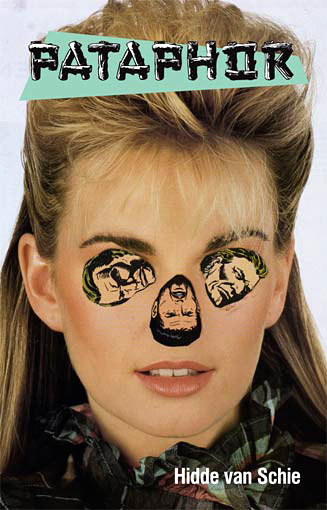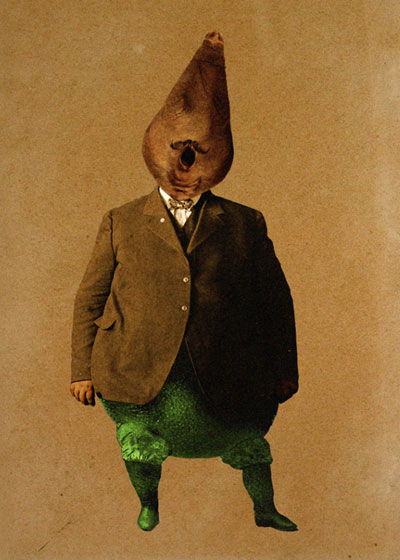SUBMISSION GUIDELINES
1. Understanding of pataphor. We’re looking for art that showcases principles of the pataphor, in arts or science. In other words, if you think the pataphor is simply “surrealism,” or a random / absurdist jumble of words or ideas, we probably won’t be able to publish it. (Though we love you anyway.)
2. Essentially non-parodic. Although work can have parodic, fun or playful elements, the focus should be art or science that demonstrates an understanding of the transformative elements (or other dimensions) of the pataphor.
3. Less math is preferable. We’re especially interested in non-fiction in the form of exploration of the interplay between pataphor and science. In these cases, we follow the dictum of Richard Feynman that ideas should plainly and clearly expressed. You may also note that Einstein’s most renowned papers included only minimal mathematics. If we like your paper sufficiently, we may publish a version with math.
PREFERRED STYLE GUIDE
- “‘Pataphysics“: Always preceded by an apostrophe.
- “Pataphor“: No apostrophe.
- Similie usage: Pataphors can also be structured as similies (i.e., using “like”), the distinction between metaphor and simile being grammatical rather than fundamental.
Now that you’ve listened at all this long-winded stuff ….
Submit to: submissions (at) pataphormagazine.com.
##



